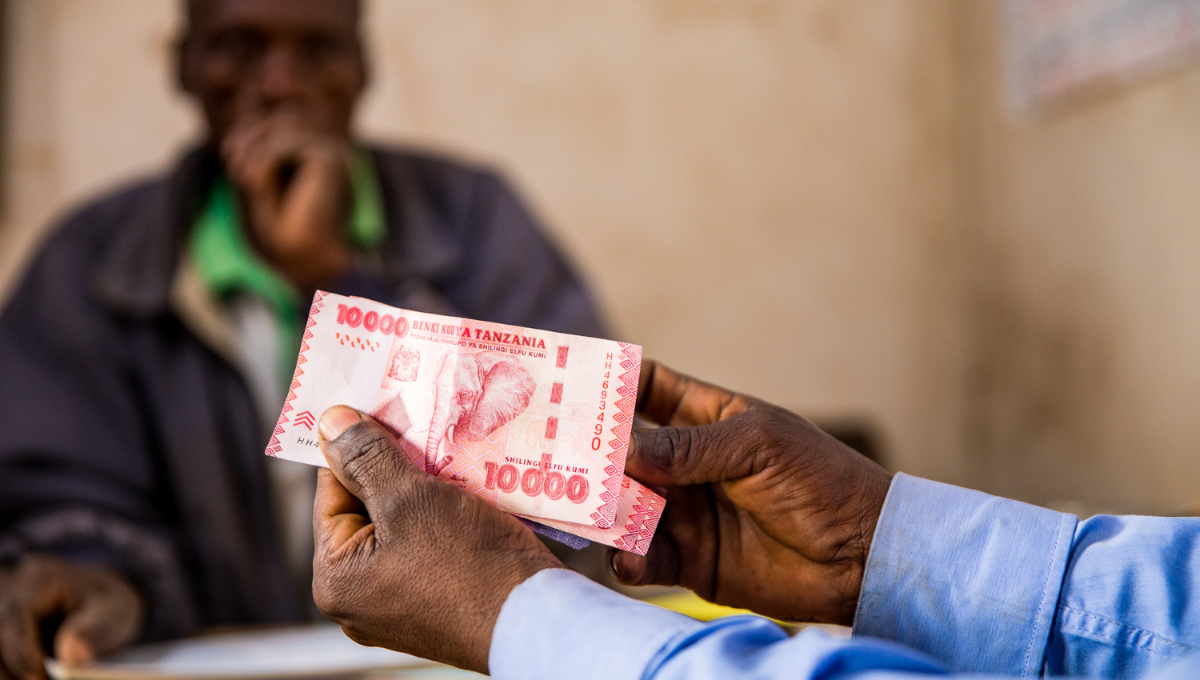
Tanzania’s Economic Growth Strengthens with Rising Credit and Financial Stability
Tanzania's economy has shown strong growth from 2021 to 2024, driven by rising domestic credit, expanding private sector lending, and increasing money supply. Domestic credit grew from 27.37 trillion TZS in 2021 to 46.82 trillion TZS in 2024 (+71%), while private sector lending increased by 72% over the same period, boosting investments and job creation. Additionally, broad money (M3) rose by 47%, and foreign currency deposits surged by 57%, reflecting greater financial confidence and economic resilience. These trends highlight Tanzania’s robust economic expansion and a strengthening financial sector.
Tanzania’s economic performance from 2021 to 2024/2025 has shown positive growth trends, primarily driven by increased credit availability, expanding money supply, and strong private sector growth. The following key indicators explain why Tanzania’s economy is performing well:
1. Strong Growth in Domestic Credit – Economic Expansion
2. Increased Private Sector Lending – Business Growth
3. Rising Money Supply – Expanding Financial Sector
4. Foreign Currency Deposits (FCD) Growth – Investor Confidence
5. Recovery of Foreign Financial Assets – Improved External Stability
6. Increased Government Borrowing for Development
Conclusion – Tanzania’s Economic Strength
From 2021 to 2024, Tanzania has demonstrated consistent economic growth, supported by:
✅ 71% growth in domestic credit, fueling business expansion.
✅ 72% rise in private sector lending, boosting investments and job creation.
✅ Strong money supply growth, ensuring liquidity and financial inclusion.
✅ Increasing foreign currency deposits, reflecting confidence in the banking system.
✅ Recovery of foreign financial assets, improving economic resilience.
| Indicator | 2021 (Million TZS) | 2022 (Million TZS) | 2023 (Million TZS) | 2024 (Million TZS) | % Change (2021–2024) |
| Domestic Credit | 27,371,154 | 34,595,463 | 41,047,502 | 46,824,755 | +71% |
| Claims on Private Sector | 19,643,860 | 23,815,125 | 28,528,613 | 33,759,428 | +72% |
| Reserve Money (M0) | 7,913,564 | 9,103,874 | 9,922,327 | 11,049,539 | +40% |
| Broad Money (M2) | 24,773,941 | 28,296,534 | 32,083,035 | 35,505,154 | +43% |
| Extended Broad Money (M3) | 32,127,715 | 36,201,424 | 41,107,812 | 47,090,824 | +47% |
| Foreign Currency Deposits (FCD) | 7,353,728 | 7,904,890 | 9,024,777 | 11,585,670 | +57% |
| Foreign Financial Assets | 12,240,636 | 10,571,449 | 9,663,721 | 12,099,428 | Recovered |
| Government Claims (Net) | 6,501,863 | 9,562,896 | 11,603,732 | 11,576,752 | +78% |
| Foreign Deposits in USD | N/A | N/A | N/A | 4,355 Million USD | Increasing |
✅ 71% growth in domestic credit – More loans for businesses and households, leading to higher economic activity.
✅ 72% increase in private sector lending – Boosts business expansion, investment, and job creation.
✅ Broad money (M2 & M3) increased by 43%-47% – Showing higher liquidity and financial inclusion.
✅ Foreign deposits (FCD) rose by 57%, indicating growing investor confidence in Tanzania’s economy.
✅ Foreign financial assets recovered in 2024, improving external stability.
✅ Government credit rose by 78%, signaling investment in infrastructure and development projects.